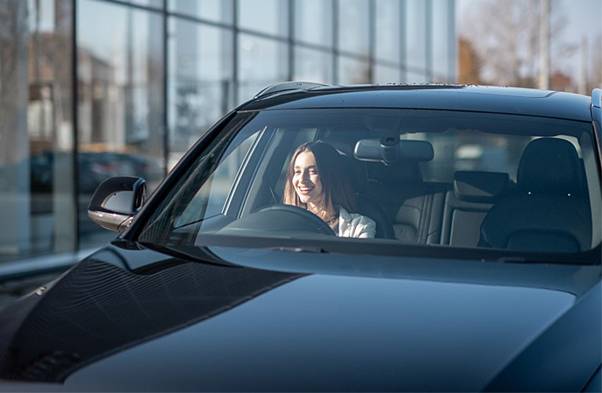Head-up displays, or HUDs, have become integral driving aids that project valuable vehicle data directly onto the windshield for easy viewing. A key component is the specialised tempered glass that serves as a transparent display. Through years of use this glass can gradually decline or sustain damage. This article explores why tempered glass is ideal for HUDs when replacement is needed, and what to look for when selecting new windshield display glass to maintain safety and effectiveness.
The Role and Value of HUDs in Vehicles
HUDs project essential driving data like speed, directions, and hazard notices directly in your line of sight on the windshield glass so that eyes can stay focused on the road. This hugely minimises driving distractions that lead to accidents. Car head up display with navigation information, and safety warnings significantly improves reaction capabilities. Studies confirm HUDs dramatically enhance driving awareness, reduce stress, and prevent collisions.
Why Tempered Glass Works Best HUDs
The tempering production process makes the glass extremely resistant to shattering and safer if it breaks by causing it to crumble into small granular pieces. Tempered glass also offers terrific optical clarity essential for distortion-free projection of HUD data points onto the display surface. Protection, strength, and transparency make tempered automotive glass the standard for HUDs.
Advantages of Tempered Glass for Safety and Durability
When it comes to car head up display (HUD) systems in automobiles, the type of glass used for the display is critical for both safety and performance. Tempered glass has become the standard for HUDs due to several key benefits:
a. Impact Resistance-
The tempering process makes the glass incredibly resistant to blunt force trauma and hard impacts. Rather than cracking into jagged shards when the windshield breaks, tempered glass fractures into small rounded pellets. This prevents dangerous lacerations and injuries from occurring in the event of a collision or debris strike.
b. Chemical Stability-
Tempered glass stands up very well to chemical exposure from fluids like wiper fluids and oils from hands touching the glass over time. This prevents stains, cloudiness, and blemishes that would degrade the crispness of the projected HUD imagery.
c. Surface Hardness-
Microscopic imperfections are polished out during the tempering procedure, creating an ultra-smooth surface on both sides of the glass. This allows for the sharp focus needed for HUD lasers to generate clear, undistorted data points on the display area.
d. Thermal Stability-
Tempered glass retains optical stability across a broad thermal range, from frigid winter mornings with icy windshields to blazing hot summer days with intense sun beating down. Rapid temperature changes that can shatter normal glass won’t faze it.
e. UV Protection-
The tempering process also bakes in resistance to UV light rays over decades of exposure to sunlight. This forestalls fading, yellowing, or any glass degradation that would diminish HUD visuals.
By enhancing impact resistance, chemical/heat/UV tolerance, and surface smoothness, tempered glass delivers both superior safety and the optical precision needed for sharp, accurate HUD displays over years of driving. It’s the ideal automotive glass for this application.
Indicators That Your HUD Glass Needs Replacement
Here are the signs your HUD Glass needs to be replaced:
1. Scratches Happen
Even little scratches right in front of your eyes can make the HUD images fuzzy and hard to read. All those miles of road debris leave their mark.
2. Warped Visuals
If the arrows or numbers look bent or squeezed, then the light from the display is bending. That points to worn-out glass that can’t project straight.
3. Fading to Yellow
Over time, the images might get a yellowish tint or fade out. Vibrant colours turning stale means the glass optic quality is declining.
4. Flickering Images
When the speed or navigation directions flutter, blink, or cut out, the laser beams struggle to shine the images due to microscopic scratches interfering.
5. Safety Sensor Issues
Collision detectors rely on unobstructed sensors to alert you. Damaged glass might block their view, delaying alerts.
6. Laggy Performance
Display information that drags, freezes, or responds sluggishly indicates that glass imperfections obstruct the hardware processing.
Conclusion
The proper functioning of vehicle HUD systems is vital for safe driving. Though durable, tempered windshield glass slowly degrades over years of use. Attention to the telltale signs of display quality decline outlined here makes timely replacement possible. Investing in a fresh high-grade tempered glass HUD component maintains that crystal clarity that is essential for roadway hazard awareness and accident prevention.
If you want to replace tempered Glass for Car Head-Up Displays contact AIS Glass.

